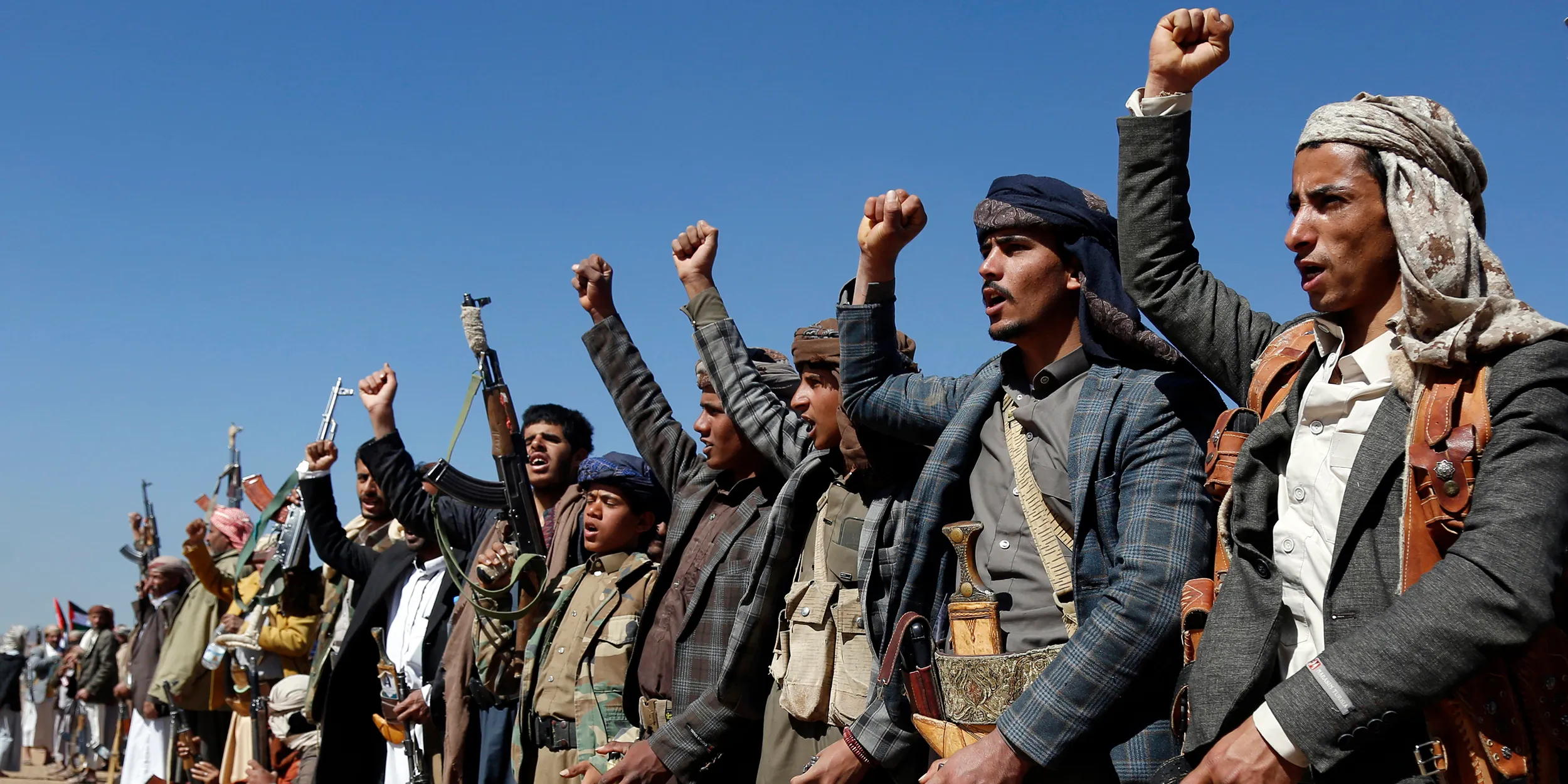
U.S. Military Response to Houthi Operations
- On February 3, the U.S. and UK launched airstrikes against 36 Houthi targets across 13 locations in Yemen.
- The strikes targeted “deeply buried weapons storage facilities, missile systems and launchers, air defense systems, radars and helicopters.”
- The operation aimed to “disrupt and degrade” the ability of the Houthis to “threaten global trade and the lives of innocent mariners” in the Red Sea and Gulf of Aden.
- Both Houthi and U.S. operations have continued into this week:
- On February 4, the U.S. carried out additional airstrikes on five Houthi missile systems, which CENTCOM says were “prepared to launch against ships in the Red Sea.”
- On February 5, CENTCOM conducted a strike against two Houthi explosive uncrewed surface vehicles (USV) that “presented an imminent threat to U.S. Navy ships and merchant vessels in the region.”
- On February 6, the Houthis claimed responsibility for attacks on two vessels in the Red Sea, the Greek-owned Star Nasia and the British Morning Tide ships.
Why are the Houthis targeting ships?
- Since November 19, the Houthis have attacked over 30 ships in the Red Sea and Gulf of Aden, a threat that has caused “major disruptions to global trade, some 12% of which passes through the Red Sea.”
- Western militaries began responding with airstrikes on Houthi bases in Yemen on January 11.
- The Houthis have threatened to attack any vessel believed to be going to and coming from Israel, though the operations seem to have extended beyond Israeli-linked ships. The group asserted that it will continue attacks until Israel halts its “siege” on Gaza.
- Beyond expressing opposition to Israel, “analysts believe the Houthis have their eyes on completing their control of a strategic location that could drastically expand their influence in Yemen and bolster their ambitions as a regional actor: Marib.”
- The Houthis currently control about 12 of 14 districts in the Marib governorate, but not Marib City and al-Wadi, which “contains an important oilfield that the Houthis want to control,” according to analysts.
Background
- After nearly a decade of war, Yemen faces severe humanitarian issues.
- As of February 2024, the UN estimates that 17.6 million people face acute food insecurity, 12.4 million lack of access to safe drinking water, 18.2 million require life-saving assistance, and 4.5 million are displaced across Yemen.
- Yemen remains divided between the Iran-backed Houthis, who control the capital Sana’a and much of the country’s west, and the Saudi-backed Yemeni government.
- In October 2022, a UN-brokered truce formally expired after six months, increasing worries of reescalation.
- An informal ceasefire between the Houthis and the Saudi-backed coalition has largely held, and on December 23, the UN announced that the parties had committed to steps towards a permanent ceasefire.
- On January 17, the U.S. Department of State announced that the Houthis would be designated as a Specially Designated Global Terrorist group.
- The Biden administration had lifted this designation in 2021 due to “the dire humanitarian situation in Yemen.”
(Banner image: AP)
